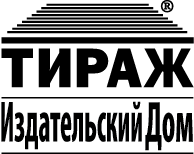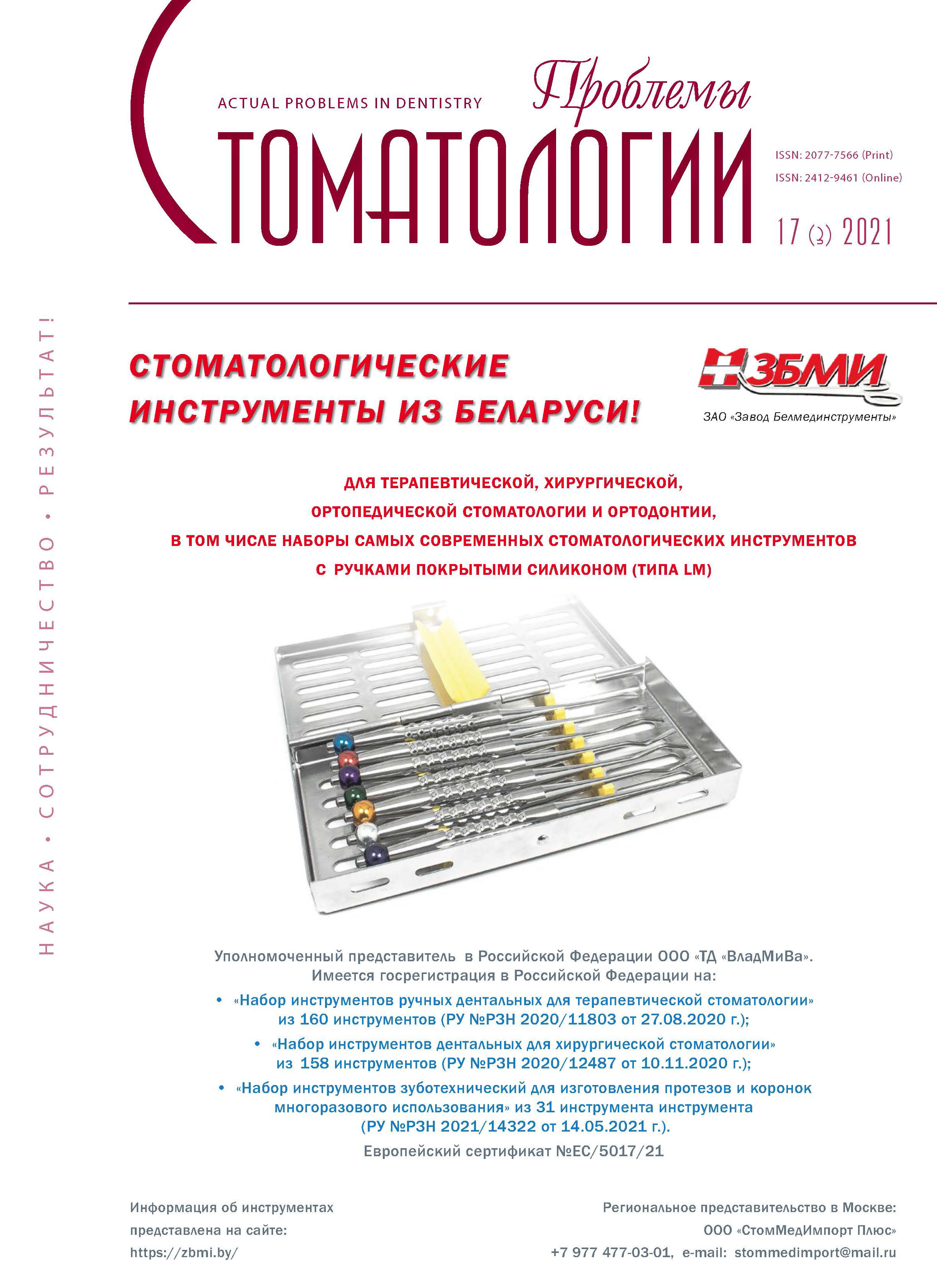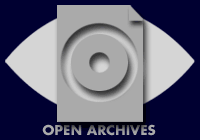Ufa, Ufa, Russian Federation
Ufa, Ufa, Russian Federation
Ufa, Russian Federation
Ufa, Ufa, Russian Federation
Ufa, Ufa, Russian Federation
Occlusion is a harmonious interaction of the dental system in dynamics, ending with the contact of teeth in conditions of their normal or disturbed ratio. This is a complex action involving teeth, masticatory muscles, TMJ. Occlusive disorders are a reflection of the external manifestations of pathological processes of the dental system. There is no doubt that in the search for etiological factors of occlusion disorders, the problem will manifest itself in one of the parts of the chewing system. The aim of the study was to optimize the early diagnosis of occlusive disorders in young patients without violating the integrity of the dentition. Materials and methods. The study included 36 patients without a violation of the integrity of the dentition aged 18 to 25 years (15 men, 21 women), who did not complain of pain in the dental system. A comprehensive dental examination was carried out and an individual "questionnaire and patient's health card" was filled out. Computer analysis with the T-Scan III occlusiography system of the company Tekscan (USA) was used to register the nature of the closing of the dentition, the study of diagnostic models in the PROTAR evo 7 KAVO articulator, as well as the study of the registration of the difference in the biopotentials of the masticatory and temporal muscles proper in patients in the phase of relative physiological rest and with maximum jaw compression using a four-channel electromyograph Synapsis NMF Neurotech (Russia). The results showed that the prevalence of occlusive disorders in the study group is 83.3%. The abnormal position of the teeth in the dentition in combination with malocclusion anomalies, non-physiological relief of the occlusal surfaces of the teeth formed due to various factors which cause the appearance of premature contacts. This prevents the harmonious sliding movements of the lower jaw and is accompanied by articulatory changes in the entire chewing system.
occlusion, occlusal balance, premature contacts, computer diagnostics, occlusiogram, electoromyography, analysis of models in the articulator
1. Abarakov C.I. Osnovy gnatologii, okklyuzii i artikulyacii v stomatologii. Uchebnoe posobie. Moskva : GEOTAR-Mediya. 2019:528. [S.I. Abarakov. Fundamentals of gnatology, occlusion and articulation in dentistry. Textbook. Moscow : GEOTAR-Media. 2019:528. (In Russ.)]. https://doi.org/10.33029/9704-5356-8-2019-OKK-1-528.
2. Abolmasov N.N., Prygunov K.A., Abolmasov N.G., Adaeva I.A. Ocenka okklyuzionno-artikulyacionnyh vzaimootnosheniy zubnyh ryadov dlya vyyavleniya etiologicheskih faktorov i simptomov razlichnyh patologicheskih sostoyaniy (chast' II). Institut stomatologii. 2018;2(79):96-99. [N.N. Abolmasov, K.A. Prygunov, N.G. Abolmasov, I.A. Adaeva. Assessment of occlusive and articulatory dentition interrelation in determination of etiological factors and symptoms of various pathological conditions. The Dental Institute. 2018;2(79):96-99. (In Russ.)]. https://www.elibrary.ru/item.asp?id=34964790
3. Bragareva N.V. Metody kontrolya pri vosstanovlenii okklyuzii na ortopedicheskom prieme. Problemy stomatologii. 2015;5:45-49. [N.V. Bragareva. Methods of control during the restoration of occlusion at the orthopedic reception. Actual Problems in dentistry. 2015;5:45-49. (In Russ.)]. https://www.elibrary.ru/item.asp?id=21009691
4. Gerasimova L.P., Hayrutdinova A.F., Usmanova I.N. Elektromiograficheskoe issledovanie funkcional'nogo sostoyaniya zhevatel'noy gruppy myshc pri myshechno-sustavnyh disfunkciyah visochno-nizhnechelyustnogo sustava. Kazanskiy medicinskiy zhurnal. 2007;88(5):440-443. [L.P. Gerasimova, A.F. Khayrutdinova, I.N. Usmanova. Electromiographic research of the functional condition of chewing group of musclar-joint disfunction of temporal-mandibular joint. Kazan Medical Journal. 2007;88(5):440-443. (In Russ.)]. https://elibrary.ru/item.asp?id=12848516
5. Douson P.E. Funkcional'naya okklyuziya: ot visochno-nizhnechelyustnogo sustava do planirovaniya ulybki. Moskva : Prakticheskaya medicina. 2016:592. [P.E. Dawson. Functional occlusion: from the temporomandibular joint to simple design. Moscow : Practical Medicine. 2016:592. (In Russ.)].
6. Zagorskiy V.A. Osobennosti primeneniya postoyannogo shinirovaniya zubov pri zabolevaniyah tkaney parodonta, defektah zubnyh ryadov i okklyuzionnyh narusheniyah. Uspehi sovremennoy nauki. 2016;1(8):208-213.[V.A. Zagorsky. Features of the use of permanent splinting of teeth in diseases of periodontal tissues, defects of the dentition and occlusive disorders. Successes of modern science. 2016;1(8):208-213. (In Russ.)]. https://elibrary.ru/item.asp?id=26644576
7. Klineberg I., Dzhager R. Okklyuziya i klinicheskaya praktika. 2-e izd. Per. s ang. Red. M.M. Antonik. Moskva : MEDpress-inform. 2008:200. [I. Klineberg, R. Jagger. Occlusion and Practice. 2e. Translated from English. Ed. M.M. Antonic. Moscow : MEDpress-inform. 2008:200. (In Russ.)].
8. Antonik M.M. Komp'yuternye tehnologii kompleksnoy diagnostiki i lecheniya bol'nyh s patologiey okklyuzii zubnyh ryadov, oslozhnennoy myshechno-sustavnoy disfunkciey : diss. … kand. med. nauk. Moskovskiy gosudarstvennyy mediko-stomatologicheskiy universitet. Moskva, 2012:144. [M.M. Antonik. Computer technologies of complex diagnostics and treatment of patients with the pathology of occlusion of the dentition complicated by musculoskeletal dysfunction : diss. … Cand. Med. Sciences. Moscow State Medical Stomatol. un-T. Moscow, 2012:144. (In Russ.)]. https://elibrary.ru/item.asp?id=19260512
9. Lazarev C.A., Saitbattalova V.E., Dautov E.I., Kuchumov D.F., Le T.Ch. Izuchenie sostoyaniya opornyh zubov i zhevatel'noy muskulatury u pacientov v privychnoy okklyuzii i v polozhenii iskusstvennogo lokal'nogo zavysheniya. Institut stomatologii. 2020;2(87):63-65. [S.A. Lazarev, V.E. Saitbattalova, E.I. Dautov, D.F. Kuchumov, T.Ch. Le. Study of the condition of supporting teeth and chewing muscles in patients in habitual occlusion and in the position of artifi cial local overestimation. 2020;2(87):63-65. (In Russ.)]. https://www.elibrary.ru/item.asp?id=44051473
10. Lyseyko N.V. Metody diagnostiki narusheniy oklyuzionnyh kontatov zubov (obzor literatury). Molodoy uchenyy. 2013;9:87-91. [N.V. Lysenko. Methods of diagnostics of violations of occlusive dental implants (literature review). The young scientist. 2013;9:87-91. (In Russ.)]. https://www.elibrary.ru/item.asp?id=20246731
11. Lyubeznov V.V. Analiz sovremennyh metodov diagnostiki prezhdevremennyh okklyuzionnyh kontaktov zubov i zubnyh ryadov. Derzhavinskiy forum. 2018;2(7):118-128. [V.V. Lubeznov. Analysis of modern diagnostic methods Premature occlusive contacts Teeth and dentition. Derzhavinsky Forum. 2018;2(7):118-128. (In Russ.)]. https://www.elibrary.ru/item.asp?id=36293331
12. Mamedova L.A., Osipov A.V., Smotrova A.B. Analiz okklyuzionnyh kontaktov pri vosstanovlenii zhevatel'nyh zubov s pomosch'yu komp'yuternoy programmy. Stomatologiya dlya vseh. 2009;2:22-25. [L.A. Mamedova, A.V. Osipov, A.B. Smotrova. The analysis occlusal contacts at restoration of a chewing teeth by means of computer program T-Scan. Dentistry for everyone. 2009;2:22-25. (In Russ.)]. https://www.elibrary.ru/item.asp?id=13004764
13. Mitin N.E., Nabatchikova L.P., Vasil'eva T.A. Analiz sovremennyh metodov ocenki i registracii okklyuzii zubov na etapah stomatologicheskogo lecheniya. Rossiyskiy mediko-biologicheskiy vestnik im. akad. I.P. Pavlova. 2015;36:134-139. [N.E. Mitin, L.P. Nabatchikova, T.A. Vasilyeva. Analysis of modern methods of assessment and registration of dental occlusion at the stages of dental treatment. Russian Medical and Biological Bulletin named after Academician I.P. Pavlov. 2015;36:134-139. (In Russ.)]. https://www.elibrary.ru/item.asp?id=24310695
14. Naydanova I.S. Pisarevskiy Yu.L., Shapovalov A.G., Pisarevskiy I.Yu. Vozmozhnosti sovremennyh tehnologiy v diagnostike funkcional'nyh narusheniy visochno-nizhnechelyustnogo sustava (obzor literatury). Problemy stomatologii. 2018;14(4):6-13. [I.S. Naidanova, Yu.L. Pisarevskii, A.G. Shapovalov, I.Yu. Pisarevskii. The potential of current technologies in diagnostics of temporomandibular joint dysfunction (literature review). Actual Problems In Dentistry. 2018;14(4):6-13. (In Russ.)]. https://doi.org/10.18481/2077-7566-2018-14-4-6-13
15. Potapov V.P., Sadykov M.I., Postnikov M.A. Elektromiograficheskoe issledovanie v kompleksnoy diagnostike pacientov s vyvihom meniska visochno-nizhnechelyustnogo sustava. Institut stomatologii. 2019;1:6-14. [V.P. Potapov, M.I. Sadykov, M.A. Postnikov, L.A. Kameneva, M.B. Vasilyeva, M.A. Nikulina, E.E. Tsymbalov. Electromyographic study in the complex diagnosis of patients with dislocation of tmj meniscus. The Dental Institute. 2019;1:6-14. (In Russ.)]. https://elibrary.ru/item.asp?id=39184695
16. Fadeev R.A., Ovsyannikov K.A., Zhidkih E.D. Primenenie okklyuzionnyh kapp i lechebno-diagnosticheskih apparatov dlya lecheniya zabolevaniy visochno-nizhnechelyustnogo sustava i zhevatel'nyh myshc. Institut stomatologii. 2020;3:78-81. [R.A. Fadeev, K.A. Ovsiannikov, E.D. Zhidkikh. Application of occlusal splints and diagnostic appliances in management of diseases of temporomandibular joint and masticatory muscles. The Dental Institute. 2020;3:78-81. (In Russ.)]. https://www.elibrary.ru/item.asp?id=44076258
17. Hvatova V.A. Klinicheskaya gnatologiya. Moskva : Medicina. 2011:296. [V.A. Khvatova. Clinical gnatology. Moscow : Meditsina. 2011:296. (In Russ.)]. https://www.elibrary.ru/item.asp?id=1955969
18. Shahmetova O.A., Sinicina T.M. Mezhdisciplinarnyy podhod k lecheniyu myshechno-sustavnoy disfunkcii visochno-nizhnechelyustnogo sustava s vyrazhennym bolevym sindromom. Nevrologiya, neyropsihiatriya, psihosomatika. 2017;9(2):46-49. [O.A. Shakhmetova, T.M. Sinitsina. A multidisciplinary approach to treating musculoarticular dysfunction of the temporomandibular joint with obvious pain syndrome. Neurology, Neuropsychiatry, Psychosomatics. 2017;9(2):46-49. (In Russ.)]. https://doi.org/10.14412/2074-2711-2017-2-46-49
19. Shemonaev V.I., Mashkov A.V., Patrushev A.S. Vliyanie rel'efa okklyuzionnyh poverhnostey zubov na effektivnost' zhevaniya. Stomatologiya. 2019;98(S1):59. [V.I. Shemonaev, A.V. Mashkov, A.S. Patrushev. The influence of the relief of the occlusal surfaces of teeth on the effectiveness of chewing. Dentistry. 2019;98(S1):59. (In Russ.)]. https://www.elibrary.ru/item.asp?id=44069389
20. Qadeer S., Yang L., Sarinnaphakorn L., Kerstein R.B. Comparison of closure occlusal force parameters in post-orthodontic and non-orthodontic subjects using T-scan(R) III DMD occlusal analysis // Cranio. - 2016;9634:1-7. https://doi.org/10.1080/08869634.2015.1122277
21. Shimshak D.G., DeFuria M.C. Health care utilization by patients with temporomandibular joint disorders // Cranio. - 1998;16(3):185-193. https://doi.org/10.1080/08869634.1998.11746056
22. Yurchenko M. Selected muscle tone and asymmetry of the occlusal plane in case of intracapsular temporomandibular joint disorder // Cranio. - 2021;39(5). https://doi.org/10.1080/08869634.2021.1964052



















